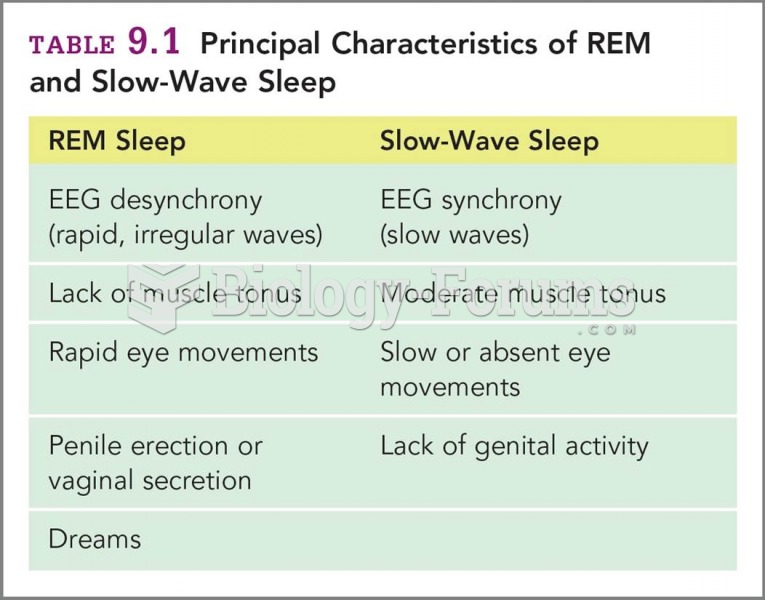Answer to Question 1
Answer: Gen Ys, born from about 1982 to 1997, want their work life to provide an array of experiences and opportunities. Gen Y is independent and tech-savvy. Gen Y workers have high expectations of themselves. They aim to work faster and better than other workers. They want fair and direct managers who are highly engaged in their professional development. They seek creative challenges and view colleagues as vast resources from whom to gain knowledge. They want immediate responsibility. They want small goals with tight deadlines.
Gen Y employees want bosses who are open minded; experts in their field, even if they aren't tech-savvy; organized; teachers, trainers, and mentors; not authoritarian or paternalistic; respectful of their generation; understanding of their need for worklife balance; providing constant feedback; communicating in vivid and compelling ways; and providing stimulating and novel learning experiences.
Managers must contend with conflicts and resentment that arise over issues such as appearance, technology, and management style.
In more conservative organizations, one possible solution to accommodate the more casual attire preferred by Gen Y is to be more flexible in what's acceptable
This generation has lived much of their lives with ATMs, DVDs, cell phones, e-mail, texting, laptops, and the Internet. When they don't have information they need, they just simply enter a few keystrokes to get it. Having grown up with technology, Gen Ys tend to be totally comfortable with it. They're quite content to meet virtually to solve problems. Baby boomers complain about Gen Y's inability to focus on one task, while Gen Ys see nothing wrong with multitasking.
Gen Y employees have a lot to offer organizations in terms of their knowledge, passion, and abilities. Managers, however, have to recognize and understand the behaviors of this group in order to create an environment in which work can be accomplished efficiently, effectively, and without disruptive conflict.
Answer to Question 2
Answer: Learning is any relatively permanent change in behavior that occurs as a result of experience. The two learning theories relevant to understanding how and why individual behavior occurs are operant conditioning and social learning. Operant conditioning argues that behavior is a function of its consequences. People learn to behave to get something they want or to avoid something they don't want. Operant behavior describes voluntary or learned behavior in contrast to reflexive or unlearned behavior. The tendency to repeat learned behavior is influenced by the reinforcement or lack of reinforcement that happens as a result of the behavior. Reinforcement, therefore, strengthens a behavior and increases the likelihood that it will be repeated. The view that we can learn both through observation and direct experience is called social learning theory. The influence of others is central to the social learning viewpoint. The amount of influence that these models will have on an individual is determined by four processes: attentional processes, retention processes, motor reproduction processes, and reinforcement processes.







